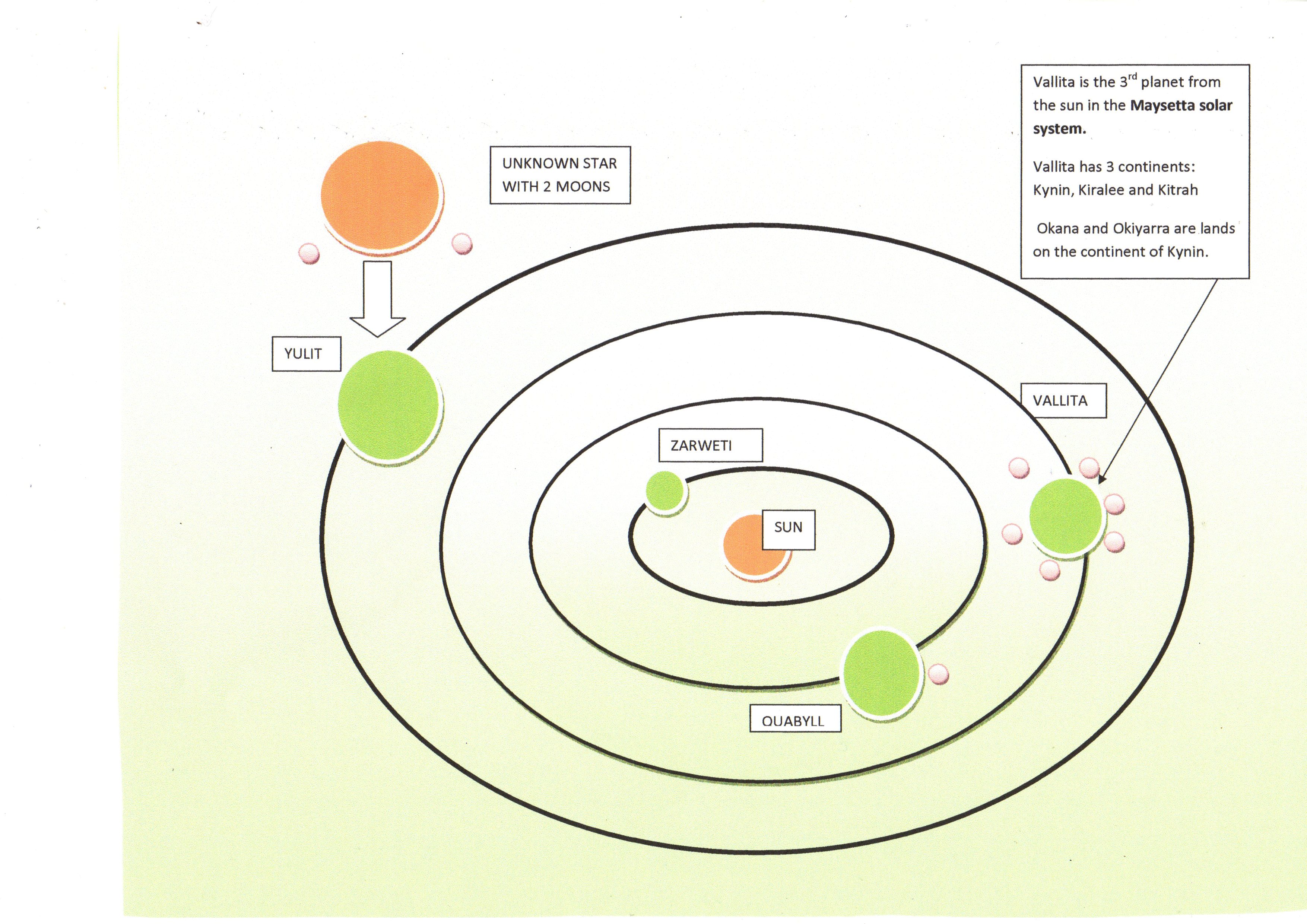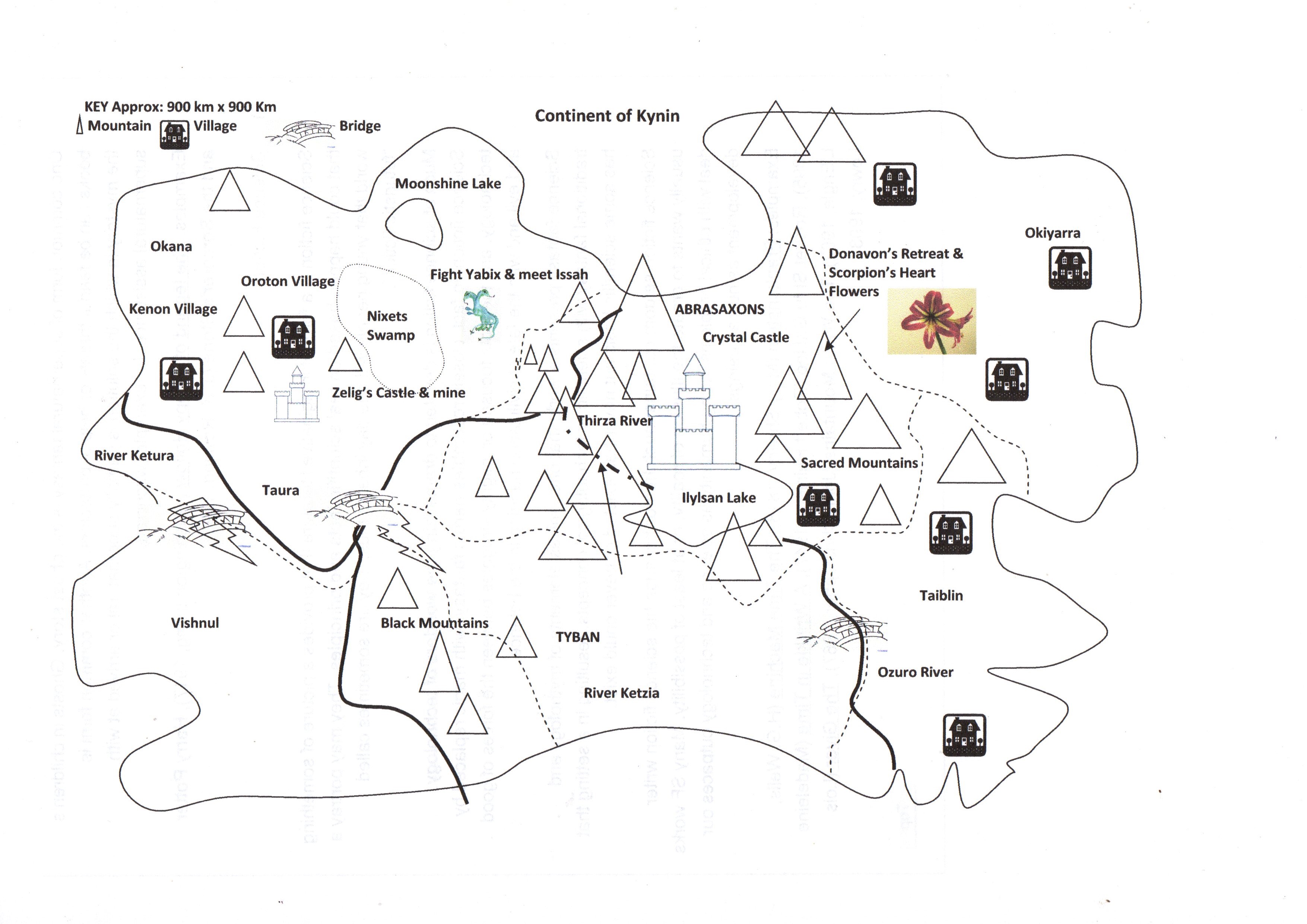| Coming Soon |

Posted by Heidi Blakey on 22nd August 2017
.jpg) Creators of novels and films in the speculative fiction genre such as fantasy, sci fi, steam punk or time travel get the intriguing task of making up entirely imaginary worlds. World building provides a context for the story and includes such tasks as drafting maps, writing the back story and creating the beings that inhabit that world. A fun task that comes with a caution or two. This undertaking can be so captivating that many hours are often consumed before enough detail is outlined to begin the project i.e. the novel.
Creators of novels and films in the speculative fiction genre such as fantasy, sci fi, steam punk or time travel get the intriguing task of making up entirely imaginary worlds. World building provides a context for the story and includes such tasks as drafting maps, writing the back story and creating the beings that inhabit that world. A fun task that comes with a caution or two. This undertaking can be so captivating that many hours are often consumed before enough detail is outlined to begin the project i.e. the novel.
If you set your story in the contemporary world you have all the ‘normal’ criteria with which to frame your story and characters. But in fantasy you set the criteria of your world. The one important thing you must remember though is whatever your world it has to have a coherent structure. Think about the basics - food, transport, economy, culture, religion, history, climate, landscape and your beings.
I love the freedom writing fantasy gives me. There are many things you can say or discuss in your work that are harder to deal with in the contemporary sense with issues like social media, authorities and laws. And I love being able to deliver justice outside of the traditional court system.
My Young Adult series The Abrasaxon’s Daughter is set in the fantasy world of Okiyarra and Okana, twin lands divided by a mountain range. I wanted to have a world that imitated medieval times and included the good (Abrasaxon) and the evil (Tyban) sentient beings, mortals, magic, other sentient beings and monsters to challenge my protagonist, Brianna.
Somehow I had to bring Brianna to the start of the story. She is a teenager, by our understanding, so she had a history, culture, community and family that had shaped her before the fateful day her story begins. Indeed that back-story was needed to explain why her father was absent, why people did things they did and why an evil Tyban appeared at that moment. It is important in world building to write the back story, but it does not all need to go into your work - a snippet here and there to explain the world or support the actions of characters..jpg)
The Abrasaxon’s Daughter series has a strong female protagonist so I wanted to have a significant female influence on the culture. The facilitate this I opted for a Luna religion and a Luna Goddess to worship. To emphasize this her world has seven moons and to add to the ‘foreignness’ the sky is green.
In book one the The Scorpion’s Heart, Brianna finds out she is part Abrasaxon. That discovery changes how she sees herself and sends her on a quest to find her absent father to defeat the evil Tyban. With these points in mind I plotted out the story and then looked at what I needed to know about her world to support that story.
So my experience with world-building began. I thought it would be simple enough. For Brianna to complete her quest she must find her father. This task means she has to go on a journey so I began with a simple map of Okana and Okiyarra.
But it wasn’t that simple and as I wrote the story I kept coming up against stuff I hadn’t thought about and at times it dried up the creative muse and the motivation to continue. So I decided I needed a more comprehensive approach but figured the work done now on world building would not be wasted because the better I knew Brianna’s world the easier it would be to write her story and the better it would be for my readers.
My research quickly informed me world building can be approached from two different directions. These are known as the top down or the bottom up methods.
The top down method requires a considerable amount of pre-work in designing the world and all the components, making sure they are all logical and fit together.
In the bottom up method you focus on just enough of the world to suit your purposes. A basic outline, including the geography, politics, social structure, history and commerce. While this method allows you to begin your project sooner it can have limitations as the story expands. When some elements already detailed are expanded then don’t quite gel with the original. This is what I discovered as I began book two The Curse of the Chakka Chakka.
focus on just enough of the world to suit your purposes. A basic outline, including the geography, politics, social structure, history and commerce. While this method allows you to begin your project sooner it can have limitations as the story expands. When some elements already detailed are expanded then don’t quite gel with the original. This is what I discovered as I began book two The Curse of the Chakka Chakka.
From experience I now do a little of both. It is a considerable amount of work, but is a much safer option especially if you plan to write a series. If you don’t do enough pre-work you can find yourself locked into something that does not work for the next book or has to be explained at times with difficulty. Besides, this world can be used for a secondary series or a totally un-related project.
So I went back to the drawing board and began a modified version of the top down approach.
I began with the Universal setting: The solar system, the planet, the continent, the two countries.
Then expanded on what I already knew with the Geographical setting: The landscape, the climate, topographical features. I needed environments that would challenge Brianna and provide a background for some of my creatures. When my characters needed to cover a reasonable amount of distance I used a tunnel under the mountain and an underground river to shift them.
Medieval Era: influenced clothes, housing, transport, weapons, food, occupations and no technology
History & Politics: The Abrasaxon (good magical sentient beings) have ruled and protected the mortals from Tyban, but do not interfere in mortal matters. I wanted that history to effect the current situation so certain things needed to happen. The Abrasaxons had to be apart from the mortals – like the gods in Greek mythology. I also wanted a place for the evil Tyban to be dispatched to or where they holed up when not doing evil.
Magic – I did not want all problems solved with magic. This, at times, proved tricky particularly in book two The Curse of the Chakka Chakka. With certain actions didn’t seem to follow ‘the rules’ and I had to think through the elements or the situation and find a logical and believable way to explain or solve the problem.
While I wanted the Yabix War as history and to influence the current situation and some of the characters actions I didn’t want to Abrasaxons solving the problem with magic. Then I had to explain why and I said they were aliens. Fine it worked for the first book and then came up again in the second book. But how do you explain how an alien creature such as the Yabix has arrived on the planet when science fiction elements such as rocket ships do not exist and I do not want them in my story. Learn more in my future post of Creature Creation in the The Abrasaxon’s Daughter series.
Happy reading, Dionie McNair
Buy Curse of the Chakka Chakka
Learn more about Dionie here